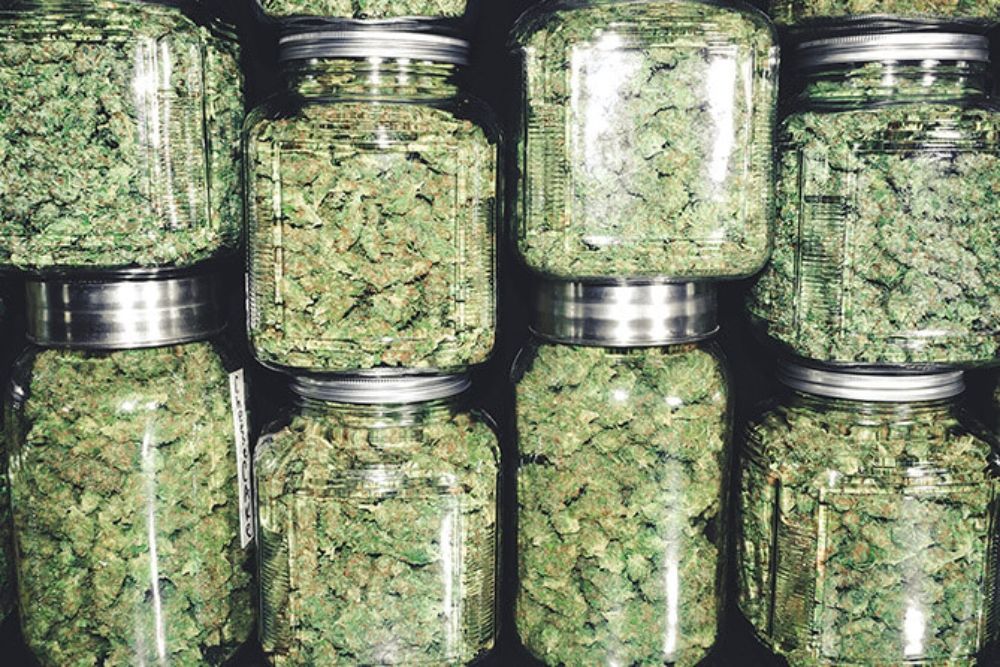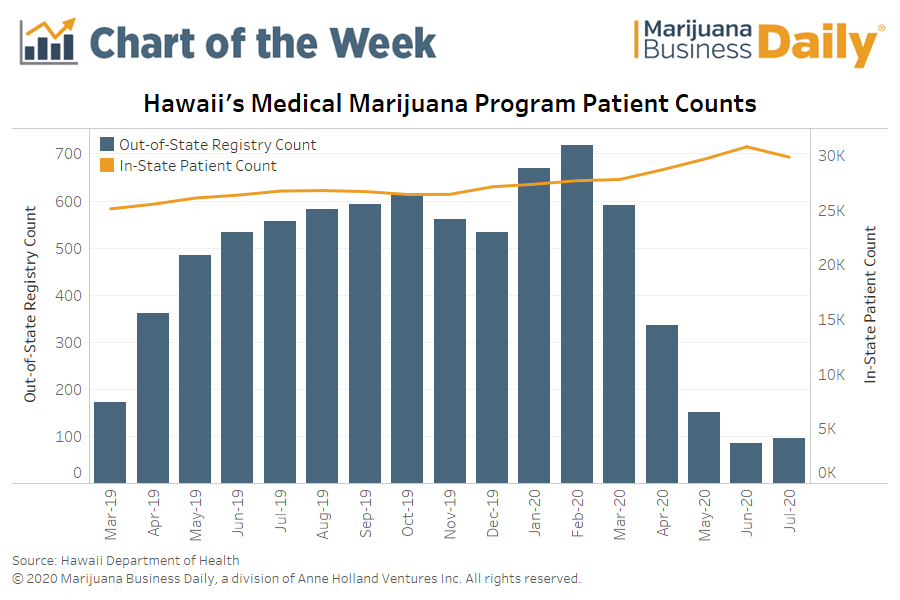 (Editor’s note: This story is part of a recurring series of commentaries from professionals connected to the cannabis industry. John Shearman is the cannabis business lead for Applied DNA Sciences.)
(Editor’s note: This story is part of a recurring series of commentaries from professionals connected to the cannabis industry. John Shearman is the cannabis business lead for Applied DNA Sciences.)
When the cannabis industry says growers should “protect their cannabis brand,” what does that really mean?
Just like other consumer brands in the marketplace, cannabis brands have become vulnerable to counterfeits, diversion, safety issues, product defects, legal action and regulatory compliance – just to point to several key ones.
According to Forbes, in 2018 counterfeiting was the largest criminal enterprise in the world.
Sales of counterfeit and pirated goods totaled $1.7 trillion per year, which is more than drugs and human trafficking. That total is expected to grow to $2.8 trillion and cost 5.4 million jobs by 2022.
If the proper best practices and technologies are implemented in tandem, it will help alleviate or lessen the impact if one of the above issues occur. It will also help avoid contributing to the existing $1.7 trillion problem that already exists.
Developing a brand-protection strategy as part of your overall business plan is paramount to the success of any company.
The challenges of starting a new cannabis business in the United States are very difficult for many reasons, and even if you are one of the lucky ones to get a business up and running successfully, then it would be devastating to have it impacted by counterfeit.
Making sure you protect your brand requires all the functional groups within a company – for example, marketing, R&D, logistics and operations – to analyze the vulnerable areas within their particular expertise and map that to the other groups to determine commonalities and alignment points.
Once this mapping exercise is complete, the company can holistically develop the brand-protection plan with the appropriate best practices, standard operating procedures and technology platforms to capture all the data points to support the plan and provide both internal and external audiences with open traceability and transparency associated with operations and products.
Let’s take a look at how the industry can specifically protect the cannabis plant.
Seed-to-sale tracking
In states where it’s legal to sell marijuana, the state mandates a seed-to-sale system be used to track the number and weight of plants being grown, the disposed amounts and movement throughout the supply chain.
Integrating the seed-to-sale system with platforms such as ERP (enterprise resource planning) or QMS/LMS (quality management system/learning management system) is a critical element to protection.
The data can connect back to other functional areas within the company, and then operators can add enhanced physical tracking to the cannabis by introducing unique molecular tags to the plant at harvest to prove point-of-origin, validation of the same plant material and visibility as it leaves the facility and travels through the rest of the supply chain.
The grower would use a special DNA amplifier, also known as a PCR device, to test for the molecular tag to ensure that the plants are properly tagged and can – with confidence – send the product to customers while stating the point of origin.
This type of seamless integration can add an extra level of brand protection that is forensically based and can hold up in a court of law if legal action is ever required.
If the flower is received by a processing company to be turned into oil or isolate, then the processor would also have a PCR device to test and validate that the flower is tagged from an authorized supplier.
The PCR data is sent to any number of connected systems to continue to amend the chain-of-custody handoffs. A new tag is introduced during the oil manufacturing process to represent the processors brand.
PCR testing is conducted in the oil or isolate batch and the data is sent to the systems for validation and approval. This is how a complete chain-of-custody story for anyone in the cannabis industry can start to take shape.
A manufacturer of end consumer cannabis products now purchases the oil or isolate that is tagged.
The same incoming test is performed. Since the oil or isolate will be added into the product as a raw ingredient, a new tag is not required if the oil or isolate is added at the appropriate proportions so the tag can be read in the final product.
Additional testing can now be conducted, when needed, on the end products, e.g. vape oil, edibles, lotions, serums and beverages to mention a few.
The same molecular tag can also be incorporated into the ink and varnishes that are used in labels and packaging to add an additional level of security to help defend against counterfeits and diversion of product in the marketplace.
Transparency is key
The storyline becomes richer, and now the dispensary or online CBD brand can with certainty tell a compelling transparency story to the end customer.
This ensures the products that are being purchased have gone through a safe and tested legal and regulatory process and can be traceable if any issue should arise.
True traceability and transparency can be achieved if all parties work together and keep the customer as the focal point.
This will help ensure brands can protect their reputation as well as their product quality and safety based on physical and digital data points creating an unbreakable chain of custody.
John Shearman spearheads Applied DNA Sciences’ cannabis vertical leading the vision, strategy and product development. He can be reached at john.shearman@adnas.com.
The previous installment of this series is available here.
To be considered for publication as a guest columnist, please submit your request here by filling out our form.







